Nuclear power is a political winner — but not a money saver. Just ask Tim Echols.
Echols' term on the Georgia Public Service Commission is up this year, and unlike most states, his position is an elected one.
He says the Vogtle nuclear plant has been a campaign issue — it's hiked customers' bills by about 12 percent since coming fully online last year, $21 billion over budget and seven years behind schedule — but that his opponents haven't been able to weaponize it. He won his Republican primary resoundingly last month.
"All the Democratic opponents are saying that they would build Vogtle," he said. "They're just not saying how they would pay for it. Or they're saying they're going to lower bills, but they're going to build nuclear, and those two things don't go together."
Echols' race is a campaign's-eye view on the promises and perils of nuclear power.
The hippies are dying out, and with them the memories of Shoreham, San Onofre, V.C. Summer, Three Mile Island and other nuclear plants that didn't pan out, suffered radiation leaks or otherwise closed before their time (although they live on, in many cases, in electric bills).
Amid a broader global flirtation with the technology, Democrats across the country, driven by demand projections as well as climate concerns, are now joining Republicans in pushing for a nuclear resurgence — and there hasn’t been a partisan backlash.
(There are a few reasons for that, as author Rebecca Tuhus-Dubrow details in a new book on California's Diablo Canyon power plant: "One is that attitudes toward nuclear are still quite mixed on the left, and another is that the shift in attitudes isn’t necessarily widely appreciated," she writes. "It certainly has not (yet) gotten to the point that support for nuclear is branded as a 'woke' position.")
"I'm the first Democratic governor in a generation to say to nuclear, 'I'm embracing this,'” New York Gov. Kathy Hochul said last month in announcing plans to build a new advanced nuclear plant in upstate New York. "This is not your grandparents' nuclear reactor."
She also pleaded with President Donald Trump to ease permitting.
"The barriers are in Washington," she said. "The length of time — 10 years, a decade — of regulatory bureaucracy and red tape that must be gotten through is a reason why it fails and people don't even try."
But it's not the policy that's holding nuclear back: It's the industry. All the incentives and permitting reforms the government can muster won't change the basic economics that have led to just three new nuclear plants getting built in the U.S. this century: It takes too long, is too expensive and is only getting pricier.
"In terms of new nuclear, it's a nonstarter," said Stanford engineering professor Mark Z. Jacobson, a longtime skeptic of nuclear power. "They can spend as much money as they want, it's never going to happen."
The nuclear industry has as much going for it right now as it's ever had. U.S. electricity demand is growing for the first time in 20 years as data centers and artificial intelligence companies proliferate.
That's intersecting with a wave of policy and public support for nuclear that's been building for the past decade across partisan lines, punctuated most recently by the megabill, which is now law and retains the Biden administration's tax credits for nuclear production and investment and kneecaps the technology's carbon-free competitors like solar and battery storage. Where the Biden administration agreed to triple nuclear generation by 2050 at U.N. climate talks in 2023, Trump is pushing to quadruple it on the back of AI and national security concerns.
On the local level, lawmakers have filed more than 200 nuclear bills in state capitols this year, as my colleague Jeffrey Tomich reports. And while there's still a partisan split, with more Republicans supporting nuclear power than Democrats, overall public support for it is at near-record levels, according to a Gallup poll from March.
The industry isn't calling it a "renaissance," as Energy Secretary Chris Wright has, but they're excited. "I just describe it as an overdue recognition of the value of nuclear energy within our broader energy system," said John Kotek, a senior vice president with the Nuclear Energy Institute.
The nuclear revival falls into three main categories: Keeping existing plants open longer, like Democratic California Gov. Gavin Newsom did in 2022 with Diablo Canyon; reopening shuttered ones, as proposed by Microsoft at Three Mile Island in Pennsylvania and at Michigan's Palisades plant; and building new ones, as Hochul and Republican Virginia Gov. Glenn Youngkin are proposing. Among unaffiliated energy economist types, the consensus is that the first category makes sense; the second, in certain cases; and the third, probably not.
"It takes us 10 years to build a transmission line, and building nuclear power plants is harder than that to a substantial degree," said Michael Wara, director of Stanford University's Climate and Energy Policy program. "At some point, we have to say, 'OK, this is cool stuff, but we have not been for whatever reason able to create an industry that can deliver at scale and on time, and that means this is not an industry that can compete with the real markets today."
To wit: The average cost of large-scale solar has fallen 84 percent since 2009, to $58 per megawatt-hour, while nuclear power has risen 47 percent, to $180, according to Lazard's latest analysis of energy sources' levelized costs.
That's largely on the back of Vogtle, the 2,200-megawatt plant in Georgia backed by $12 billion in federal loan guarantees.
"Most technologies, the cost comes down as time goes down," said Jacobson. "Nuclear's pretty much the only technology whose cost increases with time."
The industry argues the costs and timelines will improve as they build more, especially if companies band together to place orders for multiple units.
"We know that mythology about, 'It's always going to take too long,'" Kotek said. "If you're only doing one or two, that may be true, but I don't think that's what the future of the industry looks like."
But the problem isn't limited to the U.S. The U.K., France and Finland have all seen major cost and timeline overruns with their most recent plants. China, which is building more nuclear than anyone, has gotten its timelines down the farthest but is still around 7 years, according to the International Energy Agency.
Then there’s the potential mismatch between the timescales of the tech and nuclear industries. One operates over months or years at most, while the other takes decades. The International Energy Agency projects data centers will double their energy demand by 2030, but new nuclear won't likely be online by then — assuming the demand materializes.
"It's that combination of putting an enormous amount of capital at risk over a duration where you cannot understand the risks that is so problematic," Wara said. "I don't think there's any way in a democracy to derisk that."
The Southeast is probably the place in the U.S. that has the most appetite for that risk. In addition to Georgia's Vogtle, Republican South Carolina Gov. Henry McMaster is throwing his support behind reviving the two half-built units at V.C. Summer that utilities abandoned in 2017 amid overruns.
Echols is calling for a federal backstop to insure utilities against the risk of bankruptcy, as happened with the builder of Vogtle and V.C. Summer, and notes that the Tennessee Valley Authority is working with a Canadian power company to jointly invest in design work for GE Hitachi's small modular reactor, which got approval from Ontario regulators in May in what would be the first commercial plant of its kind in North America.
"They finish up in Tennessee, they come down to Georgia," he said. "So you're not trying to create this massive labor pool to work on nuclear plants where they're still learning. That's where we got in trouble with Vogtle, is that we had not done it before. We made mistakes, and those mistakes put the project behind, and it was a $2 million-a-day interest burn, and that just simply sent the project way off financial course."
Nuclear’s history of similar problems isn’t stopping opponents from fretting about the new projects around the country.
With Hochul’s announcement of her nuclear plans in New York, "I feel like the knife is in my back," said Adrienne Esposito, executive director of Citizens Campaign for the Environment, which she founded in 1985, the year after the Shoreham Nuclear Power Plant was completed on Long Island Sound and four years before the Long Island Lighting Co. agreed not to operate it, due to its failure to get local governments on board with an evacuation plan.
But Esposito may not need to worry, given the industry's track record.
.png)

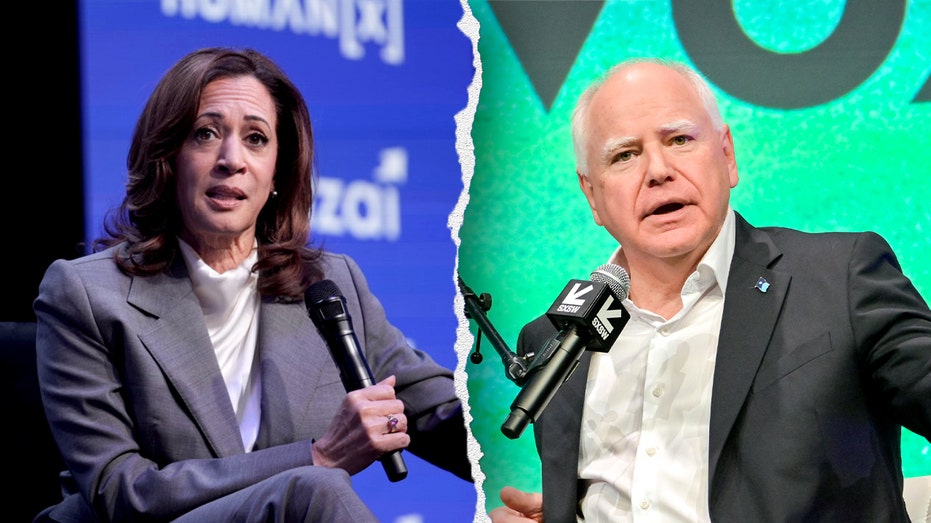







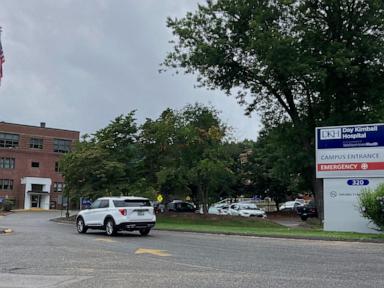
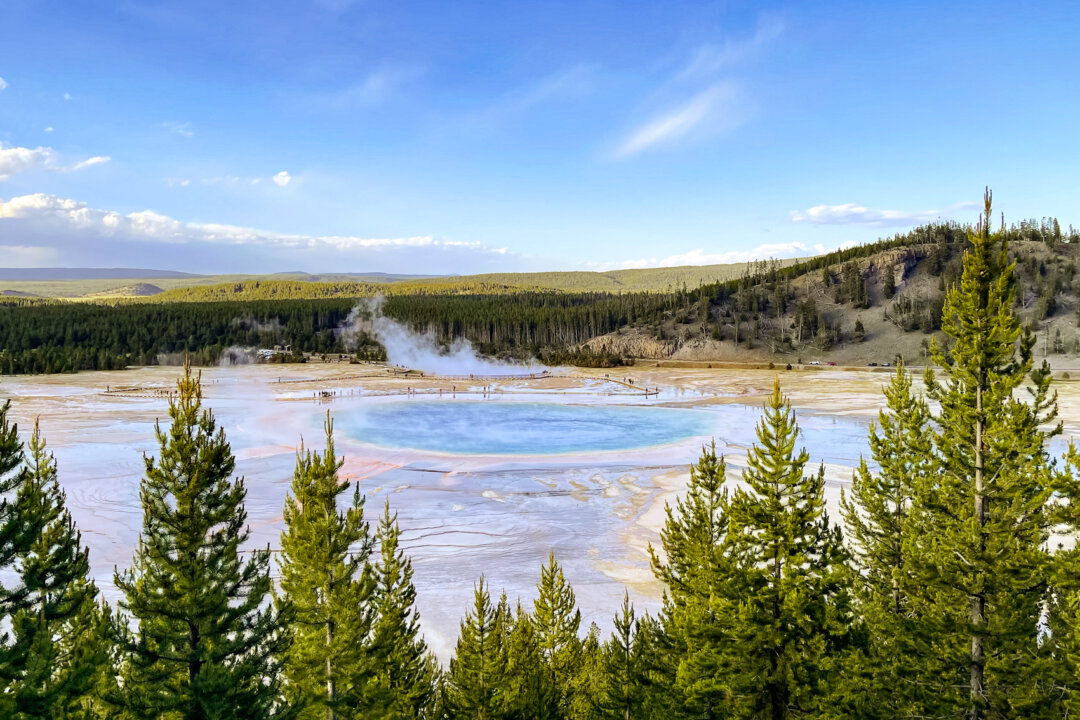
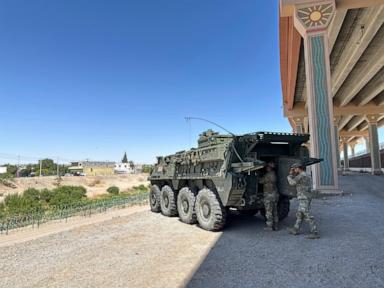

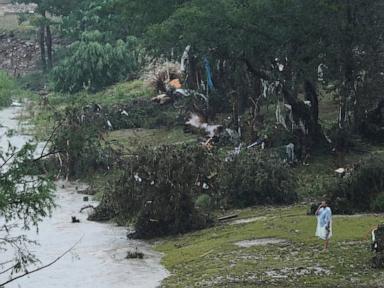
 English (US)
English (US)